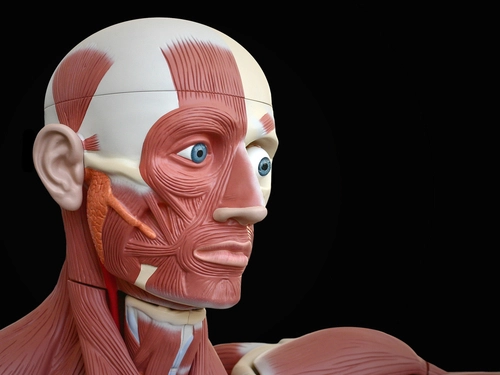Here's Your Sneak Peek at Otolaryngology Coding Changes That Take Effect in January

September brings football season, the colors of fall – and your first glimpse of code updates that will affect how you file claims the following year. The American Medical Association (AMA) has released its document showing changes for CPT® 2016, with several being of particular interest to otolaryngologists – including what some consider a big surprise to your cerumen coding. Keep reading for the rundown and some expert opinions on what to expect.
Add Another Option for Cerumen Removal
CPT® 2016 introduces only a few new codes related to otolaryngology, but they could be important additions to your coding mix – especially one that changes how you report cerumen removal.
The procedure has been a point of interest for otolaryngology coders in recent years, especially with the battle over whether you can report 69210 (Removal impacted cerumen requiring instrumentation, unilateral) as bilateral with modifier 50 (Bilateral procedure).
Coding guidelines have always stated that you must have documentation of the cerumen being impacted before you could submit 69210. If the cerumen wasn’t impacted or if the physician didn’t use any type of instrumentation during the removal, the service was included in a typical E/M code such as 99212 (Office or other outpatient visit for the evaluation and management of an established patient, which requires at least 2 of these 3 key components …).
CPT® 2016 will change that with new code 69209 (Removal impacted cerumen using irrigation/lavage, unilateral).
“This is basically what primary care doctors do to remove cerumen,” explains Barbara J. Cobuzzi, MBA, CPC, COC, CPC-P, CENTC, CPCO, vice president of the coding and consulting division of J. & S. Stark Billing & Consulting, Inc., in Shrewsbury, N.J. “Otolaryngologists use the instruments and actually do 69210. The new code gives the ear wash a procedure, when in the past it usually was included with the E/M.”
Important: Physicians will have to demonstrate that their E/M is a significant and separately identifiable service (represented by modifier 25) in order to bill an E/M and the new code 69209 if it is not status B (bundled with the E/M code). Check the Medicare Physician Fee Schedule for the latest on reimbursement and status of any procedure.
Switch out Your Caloric Vestibular Test Choices
Physicians conduct a caloric vestibular test to evaluate whether there is something wrong with the vestibular (balance) portion of the patient’s inner ear. The test also evaluates areas of the brain that are involved with balance and can help isolate dizziness symptoms to a specific cause that might be treatable.
In the past, you’ve had a single procedure code to report for caloric vestibular tests. CPT® 2016 will delete that familiar code – 92543 (Caloric vestibular test, each irrigation [binaural, bithermal stimulation constitutes 4 tests], with recording) – in favor of two new codes:
“With the current coding, otolaryngology practices have had a difficult time getting paid for the four units they bill for 92543 based on CPT® code instructions,” Cobuzzi says. “They often get paid for one unit. It appears that payment will be more accurate and less difficult to obtain with these two new codes since we won’t be fighting for units. We’ll either bill one unit of 92537 if the physician performs four irrigations, or one unit of 92538 if he completes two irrigations.”
Watch for Drug-Eluting Sinus Implant Usage
You’ll also find two new codes for placing a sinus implant, as follows:
Key differences: You would use these codes when your otolaryngologist places PROPEL drug-eluting sinus implants during a separate encounter, not at the time of endoscopic sinus surgery. Codes 0406T and 0407T do not apply to the use of other stents, spacers, or packing materials. You should only consider reporting them for products approved by the FDA as “drug-eluting sinus implant” (PROPEL is the only one at this time).
When the surgeon performs the service described by 0407T, he removes tissue from the ethmoid sinus via biopsy, polypectomy, or debridement. The existing CPT® codes that represent sinus tissue removal (31267, 31276, and 31288) are for the maxillary, frontal, and sphenoid sinuses. Now you’ll have a more accurate code to report when the ENT does a similar procedure in the ethmoid sinuses.
Say Goodbye to Category III and Guidance Codes
Be sure to mark three code deletions in your system for 2016:
Cobuzzi doesn’t believe otolaryngologists use these codes; the first is a radiology code and GI specialists usually perform the other two procedures. It’s always good to know about changes related to ENT care, however, in case you’re faced with an out-of-the-ordinary claim.




